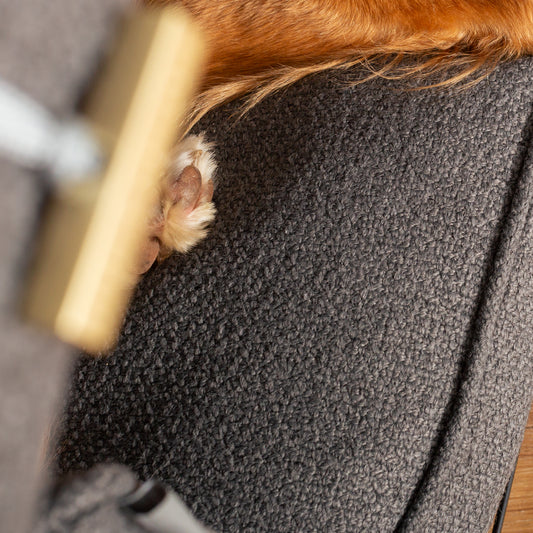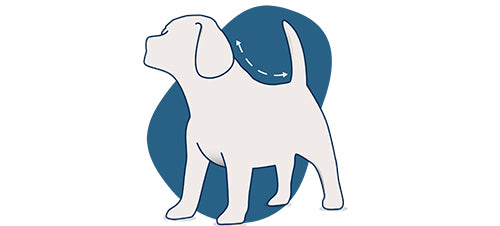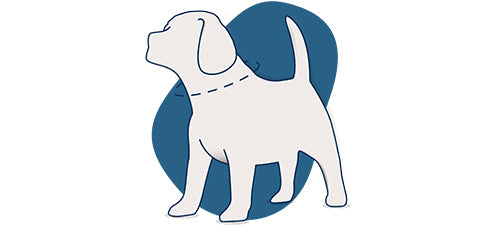With all the beautiful weather we’ve been experiencing here in the UK, it may seem like Autumn is still an age away; but September is only just around the corner. We’re secretly counting down the days until the first leaves fall and turn to golden orange; we can take long country walks in the crisp mornings and then return to a cosy fire and drink hot chocolate. Snuggly knitwear, Halloween, the run-up to Christmas… all just a few of our favourite things! Here in the L&L office we’ve already started thinking about our Autumn wardrobes and of course our dog’s wardrobes too. From cosy doggy knits to stylish tweed coats we have a lovely range of canine fashion. Here we look at dog coats, the options available and try to help you decide which is best for your four-legged friend.
Quilted Dog Coats
For all the countryside lovers we have a beautiful range of quilted coats. They are super comfortable for your dog allowing freedom of movement whilst keeping their body warm. Most of our quilted dog coat options are water resistant too - a practical and stylish dog coat suitable for all of your dog walking needs.
Lightweight Dog Coats
Protect your pup from the elements with a lightweight, water resistant dog coat. A lot of our lightweight dog coats feature a quick-release fastening for an easy take on/off, a helpful harness hole for leash attachment, a soft and breathable lining, and some are even machine-washable. A benefit of a lightweight jacket is shielding from the cold, harsh winds, rather than having a heavier, thicker jacket on which may be uncomfortable or make your dog too hot for a short walk in the autumnal weather.
Waterproof Dog Coats
If you’re looking for something with a little more protection, perhaps opt for a waterproof jacket or coat. Often the waterproof coats have thicker linings and added reflective edges to increase visibility in low light conditions. Depending on your dogs breed, you may want to opt for a windproof and waterproof coat, making it ideal for a range of weathers and the choosing the cut of the jacket will depend on an extended range of motion when your dog is running.
Sizing
When purchasing the off-the-peg sizes, measure your dog from the nape of the neck to the base of the tail to find their size. For more information on how to measure your dog, you can read our helpful guide here.


























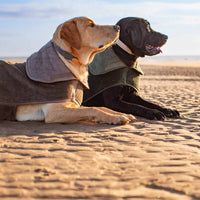

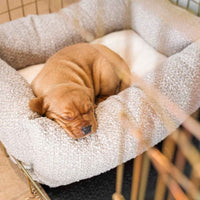




























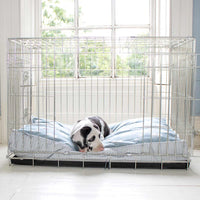
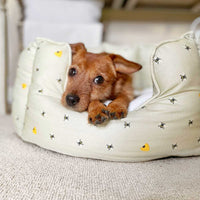
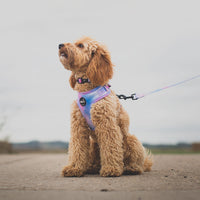
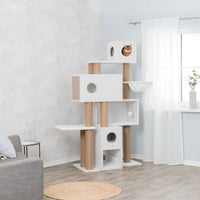
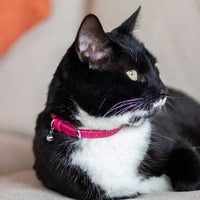
.jpg?v=1722255860637&options=)



![[color:hh blue]](http://www.lordsandlabradors.co.uk/cdn/shop/products/Hugo-Hudson-Reversible-Puffer-Jacket-blue.jpg?v=1639587369&width=533)
![[color:black]](http://www.lordsandlabradors.co.uk/cdn/shop/products/barbour-quilted-dog-coat-studio.jpg?v=1645537336&width=533)






























